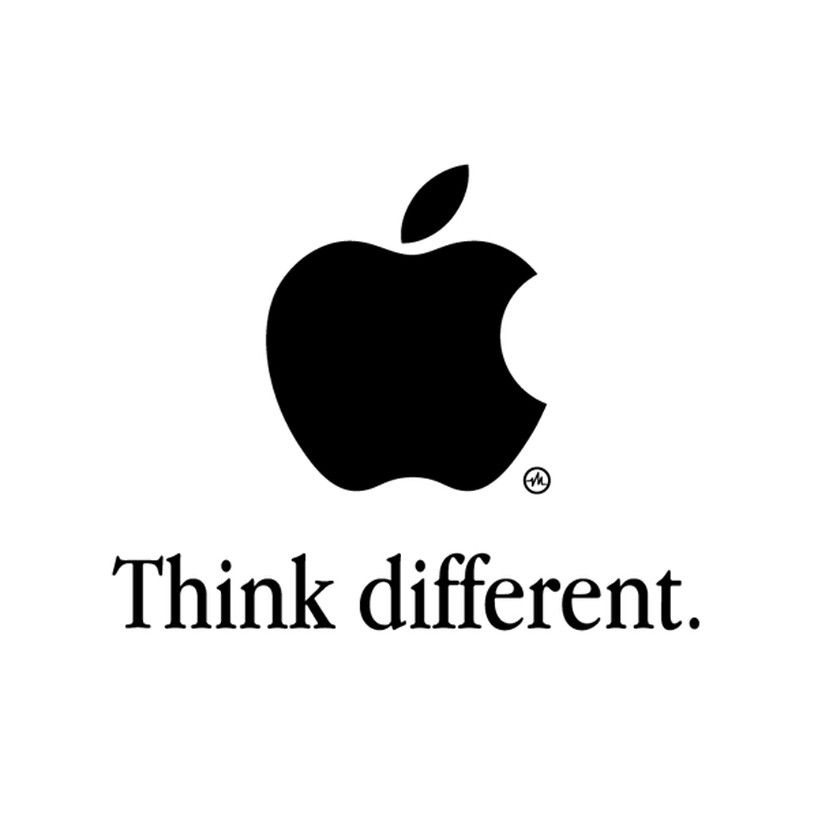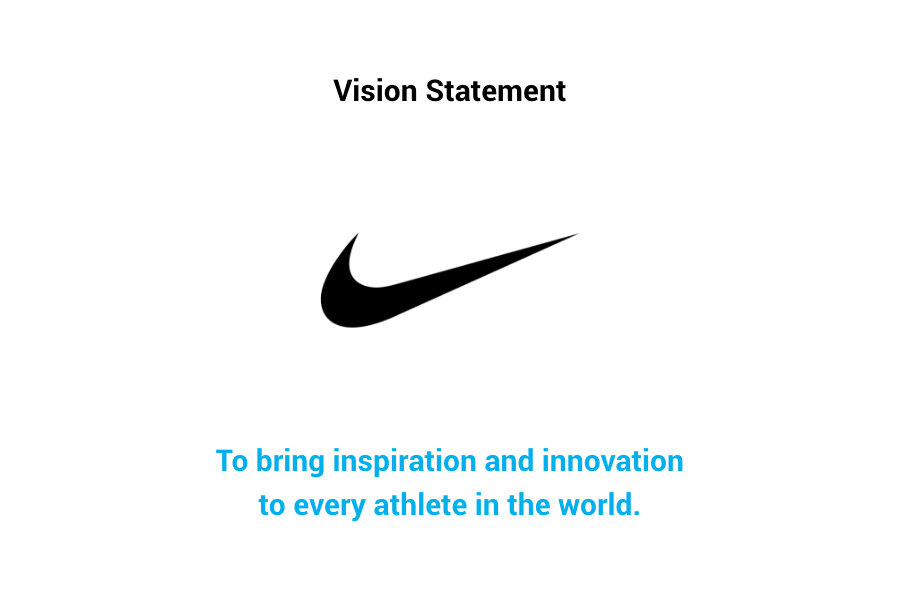
Brand Trust Starts Here: Why Promise and Experience Must Match
Every brand has a promise, whether it is made in a communication campaign touting a promise of quality, speed, innovation, or value. But promise alone does not win customers. What matters most is whether the brand delivers the promise through experience. When a brand‘s promise matches the feeling it delivers, trust grows. When they don’t align, skepticism takes over—and loyalty quickly fades.
This promise versus experience dynamic is paramount in shaping brand trust. In today’s market world, consistency is more than a well-intentioned buzzword, consistency is the difference between being a customer’s first choice or their ultimate fallback.
In this article, we’ll explore how consistency closes the gap between brand promise and brand experience—and why it’s the single most powerful driver of lasting trust.
Brand promise: The words you use
At its most basic, a brand promise is a promise. It is not the tagline you put on a billboard, nor is it the slogan you run in an ad campaign. Rather, it is a clear and concise description of the value for which your brand is known. For example:
FedEx: Its tag line, “When it absolutely, positively has to be there overnight” delivered a promise of speed and reliability and made FedEx the most trusted choice for urgent packages.

Apple: By simply stating “Think Different,” and emphasizing beautifully designed products that are easy to use, satisfies their brand promise about innovation that comes across as simple and elegantly user-friendly.

Nike: Its stated mission is “To bring inspiration and innovation to every athlete in the world.” They promise to inspire and make everyone feel inclusive and capable to go beyond their limits.

These statements are meaningful because they are simple and aspire to attract you to their brand. That said, a promise is only as good as the promise that is followed, because a promise is only as good as the experience that comes next.
Brand Experience: The Experience You Provide
Brand experience is the moment when a customer does something with your product, service, or team. It is the total of everything—from website usability, functionality, and responses to customer support incidents to packaging, social media interactions, and the manner in which delivery arrives at the door.
When FedEx fails to deliver overnight, its brand promise collapses. Should Apple products start to feel clunky, their reputation for innovation and product leadership comes into question. And if Nike shoes fall apart after just a few runs due to poor quality control, the inspiration they promote begins to feel hollow.
This is why it is so common that companies focus money and resources into customer journey mapping, feedback loops, and experience design. They acknowledge that the risk of something going wrong between the brand promise and the actual delivery can not only impact a single transaction, but damage long term perception.
Brand trust: The consistency connection
Why Consistency Matters Most? Consistency is the glue between promise and experience. It’s how your customers know it’s you they can count on-every time. That consistency is what ultimately builds brand trust.
Think of your favorite coffee shop. You don’t go back because the coffee tasted good once, you go back because the coffee tastes good every time. If one time it’s perfect, and the next watery, you’ll start to question if you should even go back at all.
Brands don’t build trust by doing big things, they build trust by being trustworthy, time and time again. Studies show that 81% of consumers say brand trust is a deal breaker in their decision to buy. That means customers don’t want a good experience once, they want to be assured it’s good again and again.
The divide between promise and experience
When a brand’s promise does not align with its delivery, the divide becomes noticeable—and impactful. Customers see it, and with social media, they have ways to communicate it. Typical reasons for the brand promise vs brand experience divide include:
- Overpromising in marketing: Advertising that paints a picture that is too perfect to be true.
- Under-delivery in service: Slow responses, quality standards, or inconsistent performance of products.
- Lack of internal alignment: Team who were very misaligned on what the brand stands for.
- Experiences that are inconsistent across channels: Perfect website or poor website, but frustrating in-store experience.
The outcome? A trust deficit. Customers will forgive one experience of dissonance, but over time, if the experiences remain inconsistent, the divide widens until there is no longer any loyalty.
Closing the gap: How brands can align promise and experience
The good news? A brand can actively close the promise-experience gap by using a few levers:
1. Align Internally First, Before You Market Externally: Your staff needs to believe in the promise before customers do. Your training, culture and internal communication should reinforce your brand. If your staff does not live the promise, the experience will not reflect the promise.
2. Audit the Customer Journey: Trace all your customer touchpoints from your first ad impression to your post-purchase support. Notice where your brand may be providing friction and falling short of expectations.
3. Peppered in with Reliability, Provide Small Wins: Customers do not expect you to be perfect. But they expect you to be reliable. Provide the basics: accurate information, on-time delivery, and timely service. Small wins provide big impressions and ensure reliability.
4. When You do Miss the Mark, be Transparent: Mistakes happen. What matters is how you handle them. Timely and honest communication paired with solutions can change a negative to a trust building moment.
5. Measure What Counts: Do not measure clicks or sales. Measure how your metrics reflect customer satisfaction, repeat purchases and referrals. These are a better measure if your experience is delivering on your promise.
Why Consistency Is Stronger Than Perfection
Brands get tempted to try and be perfect. They attempt a perfect campaign, new and innovative products, or the latest viral moment. However, our notions of perfection are transitory, and unachievable much of the time. In contrast, consistency is achievable and sustainable.
Clients aren’t expecting you to be the best in the world at everything, but they are expecting you to be reliable, all the time. This reliability is what makes companies like Coca-Cola thrive, having almost the exact product formula for decades—the drink may not seem innovative anymore, but it allows fans to trust that it’s the same product they’ve always been drinking.
It’s all about experience
Consumer expectations for brands have risen dramatically. The error margin is shrinking, mainly due to Generation Z and to the side demands from Millennials. They demand you to be authentic and call out inconsistencies at an alarming, and often, public rate. AI-generated personalization, instantaneous customer support, and omnichannel experiences are all raising the stakes.
If you are looking into the future, brands will not win based on what you promise; you will win based on what you’ve proven to deliver. Every claim made in an ad will be measured against their lived experience. Every inconsistent message will be amplified on digital channels.
Brands that build consistency into their DNA will flourish; the others will struggle with an increasing gap between what they declare and what they deliver.
Cut to the chase
At the end of the day, trust is not built in boardrooms or marketing campaigns… trust is built in the small, repeated interactions customers have with a brand. Consistency is the glue between the brand promise and brand experience. When you think your words and actions are aligned, customers have a belief in you, not just a purchase. Belief is the highest form of brand loyalty.


